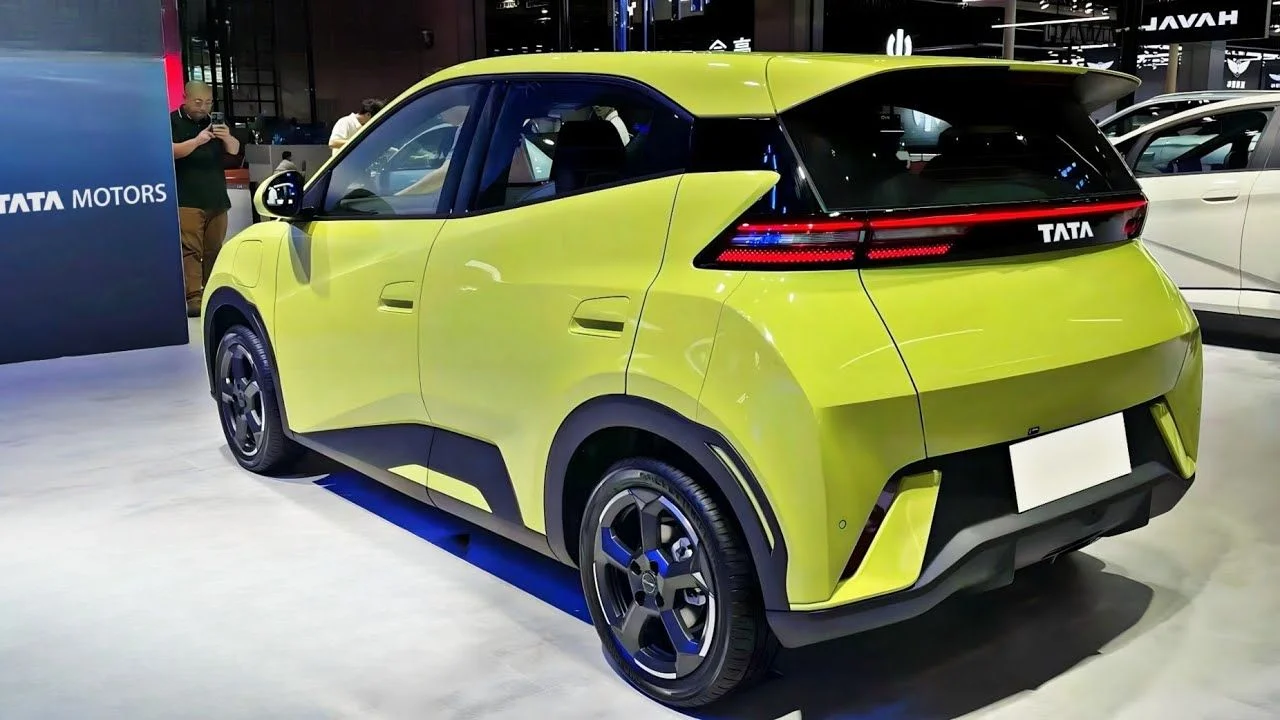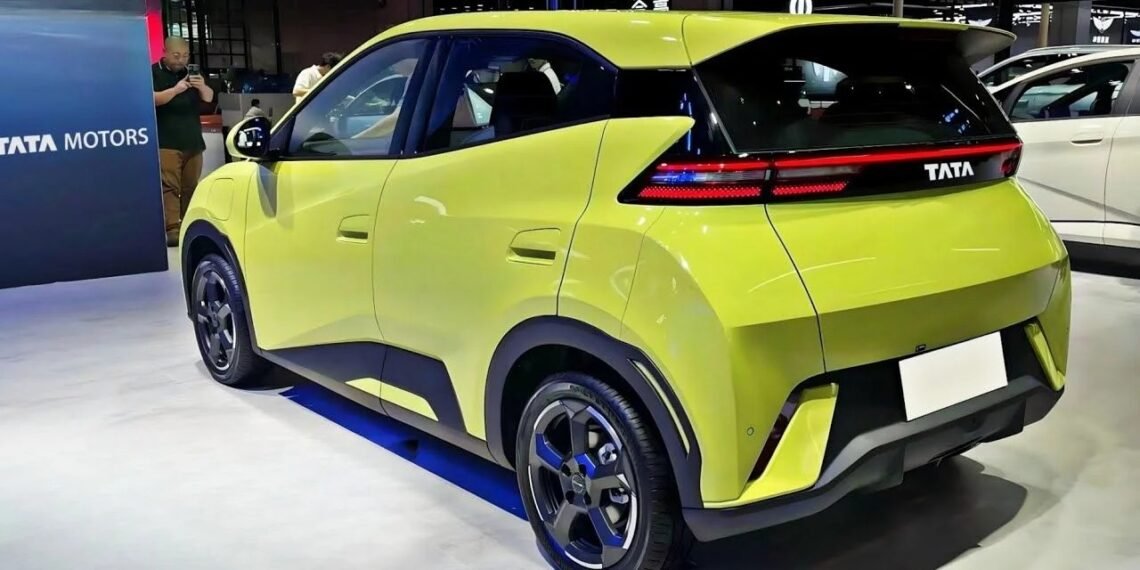The Tata Nano once hailed as the “world’s cheapest car” upon its launch in 2008, embarked on a rollercoaster journey in the Indian market. Despite initial acclaim for its affordability, the Nano struggled to gain widespread acceptance due to its unconventional design and perceptions of low quality.
However, recent rumors surrounding a potential electric reincarnation have reignited interest in this iconic budget car, prompting questions about its viability and potential impact in the evolving Indian automotive landscape.

Tata Nano EV’s Future Plans in India
The idea of a Tata Nano EV originated from the visionary mind of Ratan Tata himself, who showcased an electric concept at the 2010 Geneva Motor Show. Although this concept did not materialize into a commercial reality, it hinted at the possibility of a new lease on life for the Nano.
Speculations suggest the Nano EV could retain its predecessor’s compact size and hatchback form while incorporating modern electric vehicle design elements.

At the heart of the original Nano’s appeal was its affordability, a principle expected to be retained in the EV version. Leveraging Tata Motors’ existing Ziptron technology, featuring a permanent magnet synchronous motor and a compact battery pack, the Nano EV could offer a driving range of approximately 250-300 kilometers on a single charge.
While this range may be modest compared to some competitors, it could cater to the needs of budget-conscious buyers, particularly in urban and semi-urban areas.
Read More – Tata Motors Shares Surge 8% as Demerger Plan Boosts Investor Confidence, Share Crosses 1000 mark
Price and Size of Tata Nano EV
The potential introduction of a well-priced Tata Nano EV could significantly impact India’s electric vehicle landscape. Its affordability may attract first-time car buyers and individuals currently reliant on two-wheelers, potentially accelerating the transition towards electric mobility. Additionally, the Nano EV’s compact size could offer advantages in maneuvering through congested city streets and finding parking in tight spaces.
However, the Nano EV faces several challenges on its path to success. The Indian electric vehicle market is highly competitive, with established players and new entrants offering diverse options. Moreover, overcoming the lingering perceptions of the Nano brand’s initial struggles will require effective marketing and communication strategies.
Furthermore, the success of the Nano EV will depend on developing a robust charging infrastructure, particularly in smaller towns and rural areas. Addressing concerns regarding battery safety, maintenance costs, and overall driving experience will also be pivotal in instilling consumer confidence in the electric Nano.
Also Read – Tata Motors Announces Demerger into Two Listed Companies
Is Tata Nano EV Going to be a Reality?
In conclusion, the potential revival of the Tata Nano as an electric vehicle presents an intriguing opportunity. While its success is not guaranteed, it symbolizes Tata Motors’ commitment to innovation and sustainability. If strategically executed, the Nano EV could emerge as a transformative force, democratizing electric mobility for a broader segment of the Indian population. However, navigating the competitive landscape, overcoming infrastructure challenges, and reshaping brand perceptions will be imperative for the Nano EV to realize its potential as the “people’s car” again.














